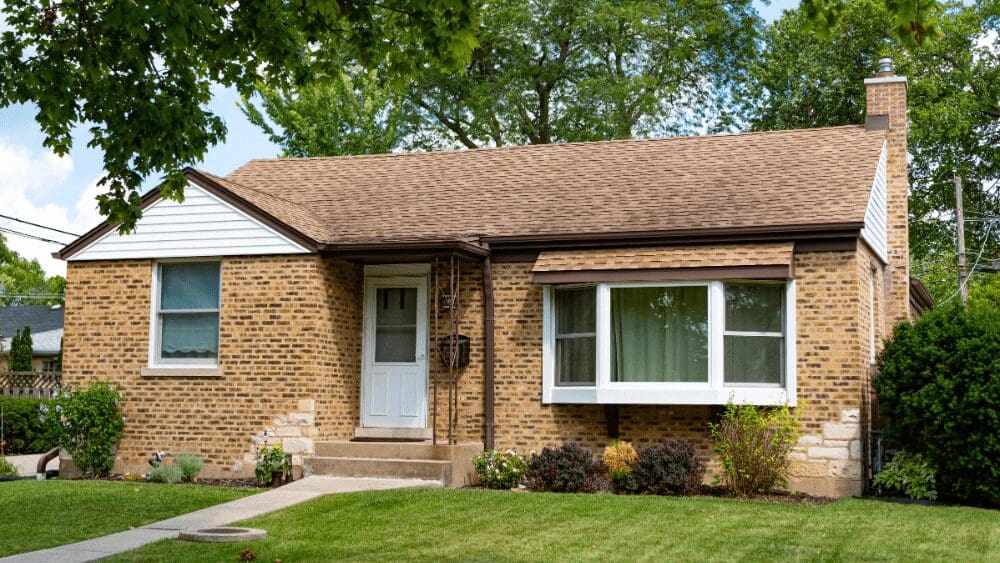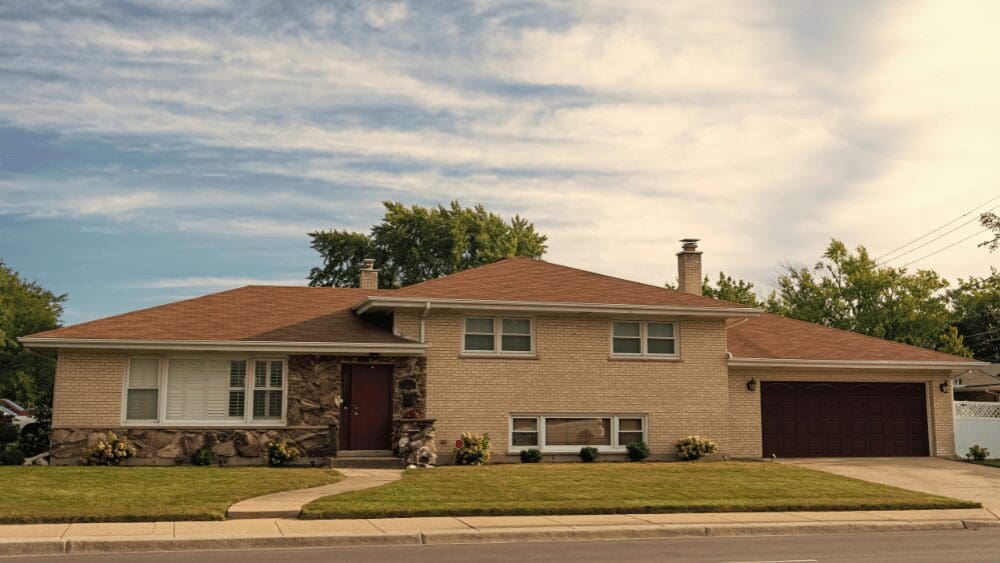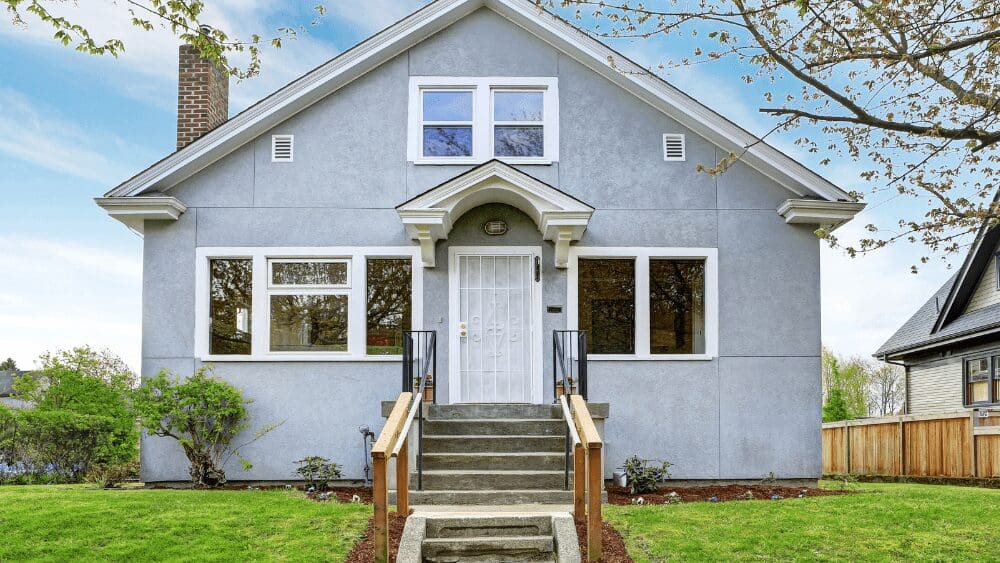
Selling your home in Missouri and buying a new one often involves a tricky dance of timing and finances. This becomes particularly challenging in a market where homes are scarce, and prices are high. You might think your only choice is to sell your current home, find a temporary place to live, and then hunt for your new dream house. But what if there was a smoother solution? Enter the bridge loan. This short-term financial tool helps you purchase a new home in Missouri before you’ve sold your old one, fitting the pieces of your property puzzle together in a convenient and practical way. In real estate, a bridge loan, also known as a swing or bridging loan, is a short-term financing option designed to help homeowners like you. It comes into play during the transition period of buying a new home while selling your current one. Essentially, this loan leverages the equity in your existing home, providing you with the necessary funds to make a down payment and handle closing costs for your new property in Missouri. While bridge loans are generally more expensive than traditional mortgages, they offer a significant advantage: they enable you to quickly secure your new home in Missouri without waiting for your old home to sell. Imagine you’ve found the perfect new home in Missouri, but your current home hasn’t sold yet. This is where a bridge loan comes into play. It allows you to tap into your existing home’s equity to cover the down payment and closing costs for your new property. Typically, the lender working with you on your new mortgage in Missouri will also handle your bridge loan. They’ll usually require that your current home is listed for sale and offer the bridge loan for a period ranging from six months to a year. A key factor in this scenario is your debt-to-income ratio (DTI). The lender will calculate this by considering the payments on your existing mortgage, your new home, and any interest-only payments on the bridge loan. However, if your current home is under contract and the buyer’s loan approval is finalized, your lender might only factor in the mortgage payment for your new home. This consideration is crucial because lenders must ensure you can manage payments on both properties in case your current home doesn’t sell immediately. Bridge loans in Missouri offer several advantages, making them an attractive option for homebuyers in specific situations: These benefits make a bridge loan a practical solution for Missouri buyers needing financial flexibility before accessing the equity from their previous home’s sale. While bridge loans can offer increased flexibility and ease some of the stress associated with buying a new home and selling your current one, they also come with certain drawbacks: A bridge loan isn’t a one-size-fits-all solution in real estate, but it can significantly ease the transition between selling an old home and buying a new one for some homeowners. Here are scenarios where a bridge loan might be advantageous:What is a bridge loan, in simple words?
How does a bridge loan work in Missouri?
What are the benefits of a bridge loan in Missouri?
What are the drawbacks of a bridge loan?
When is a bridge loan a good solution?



